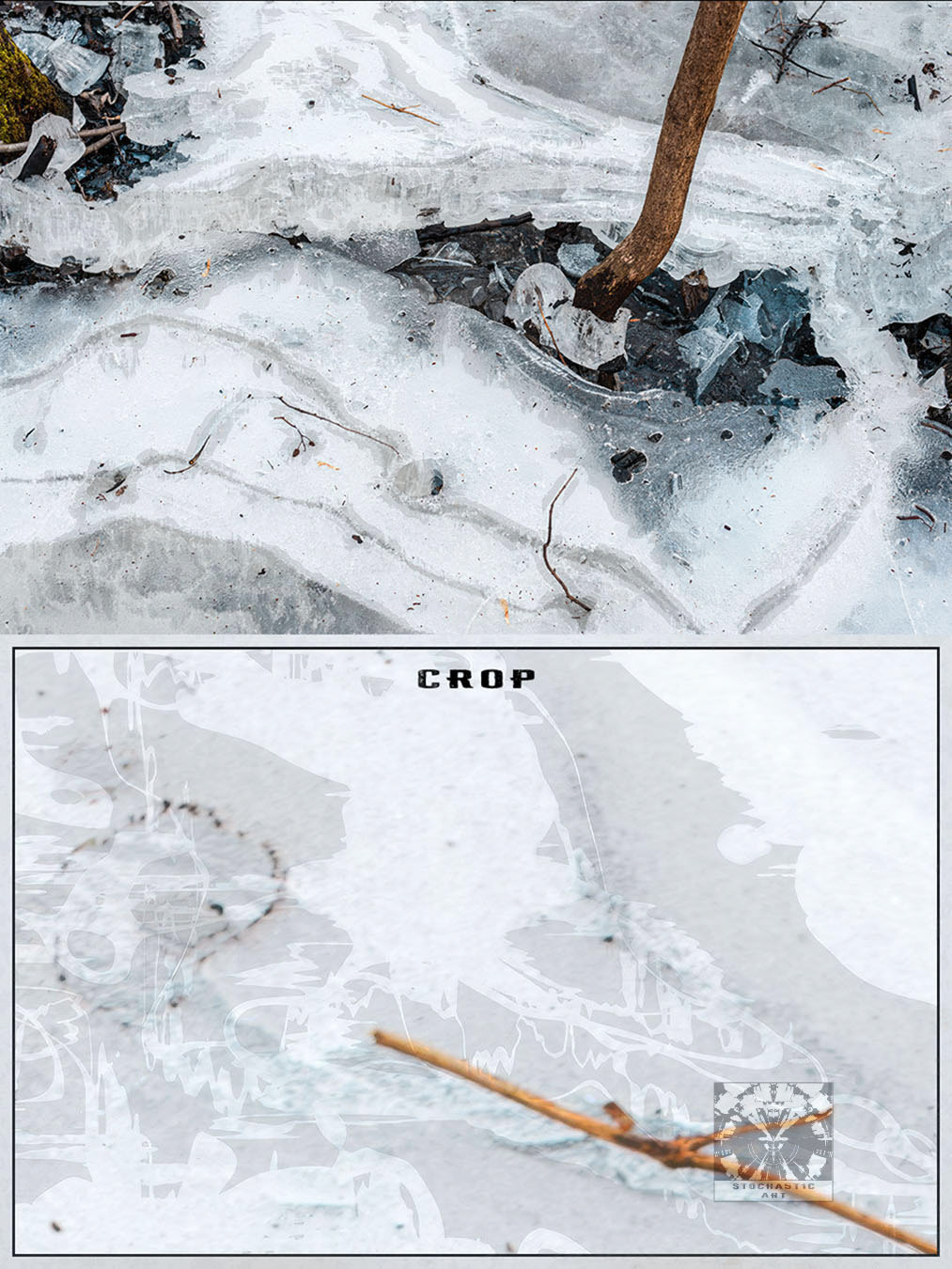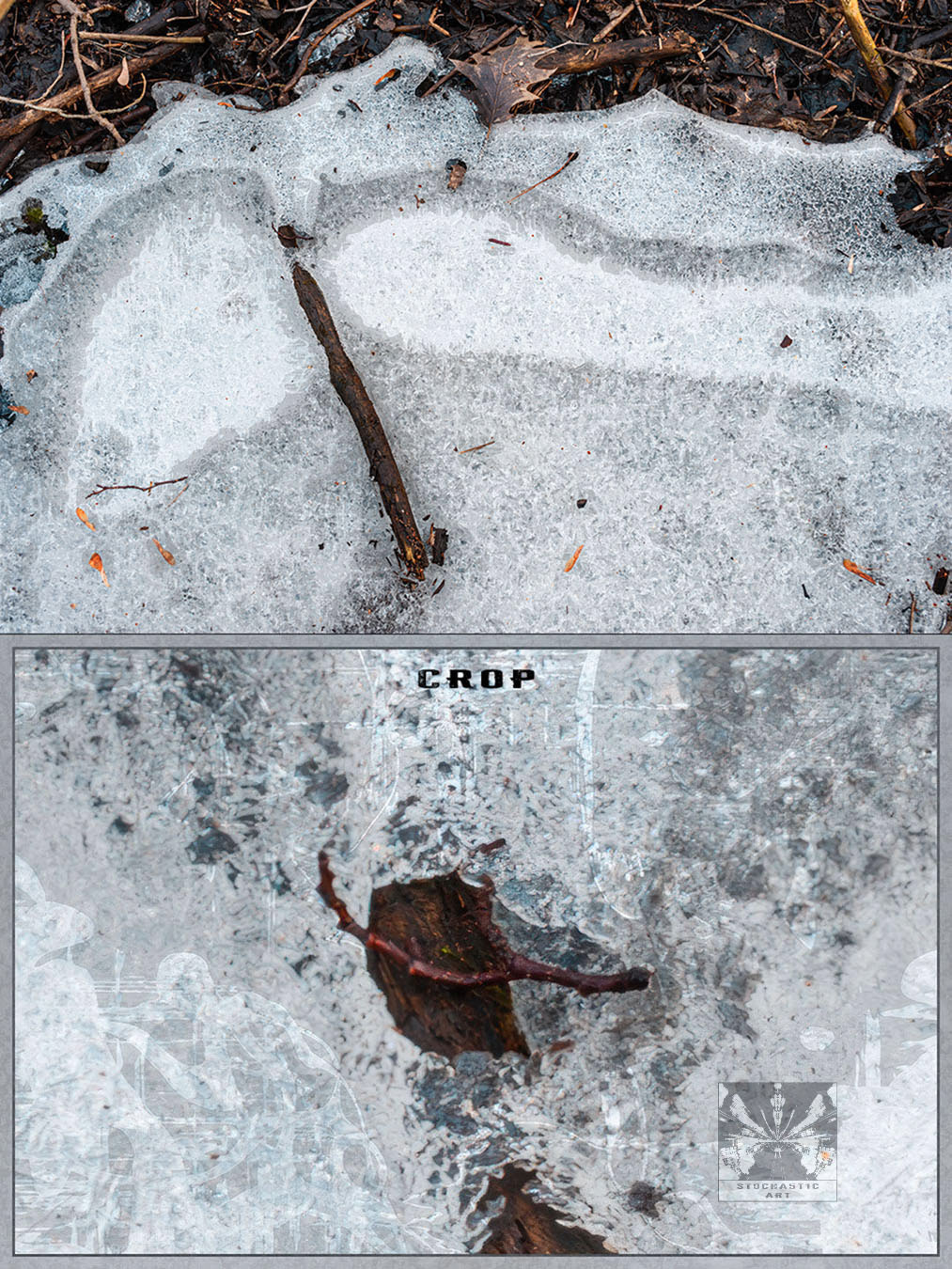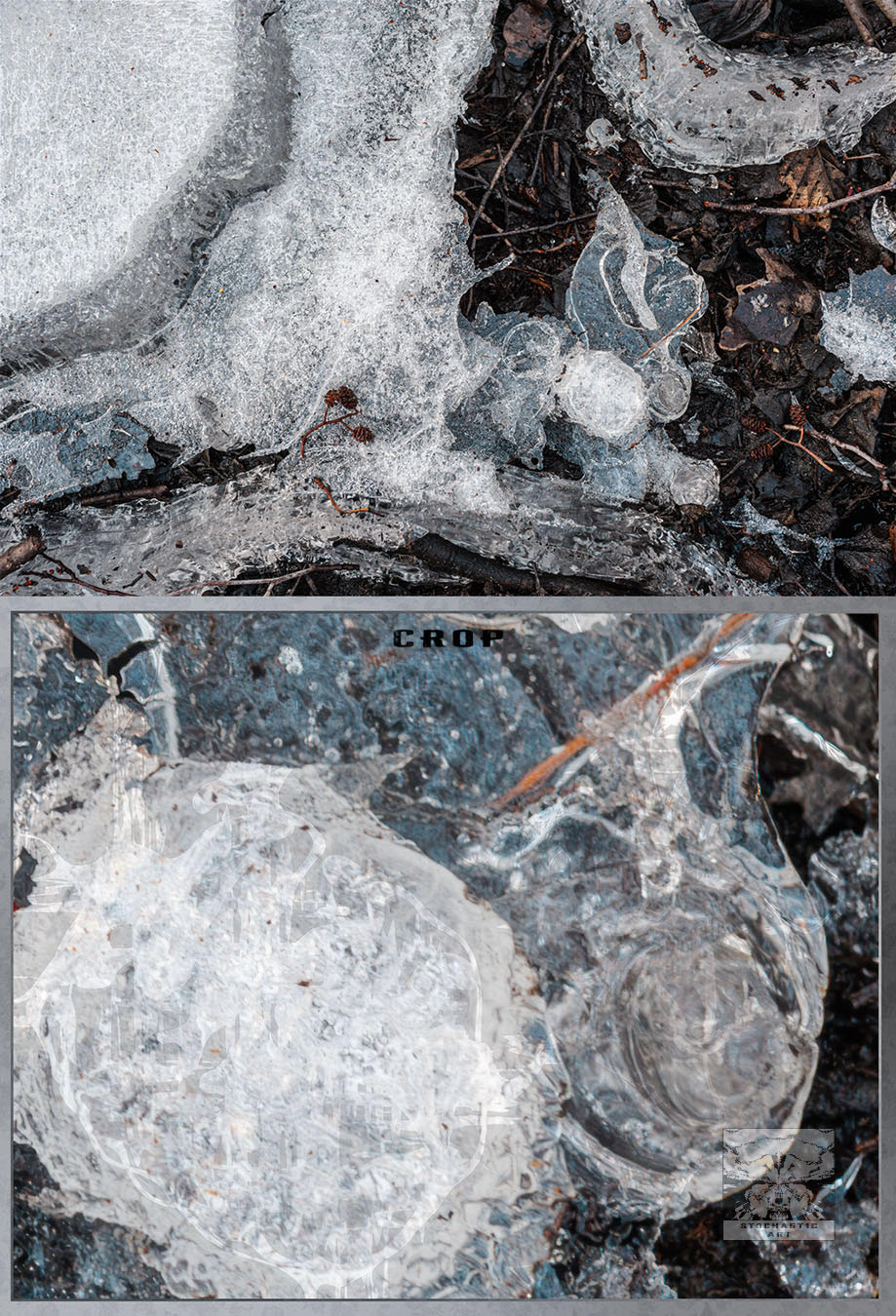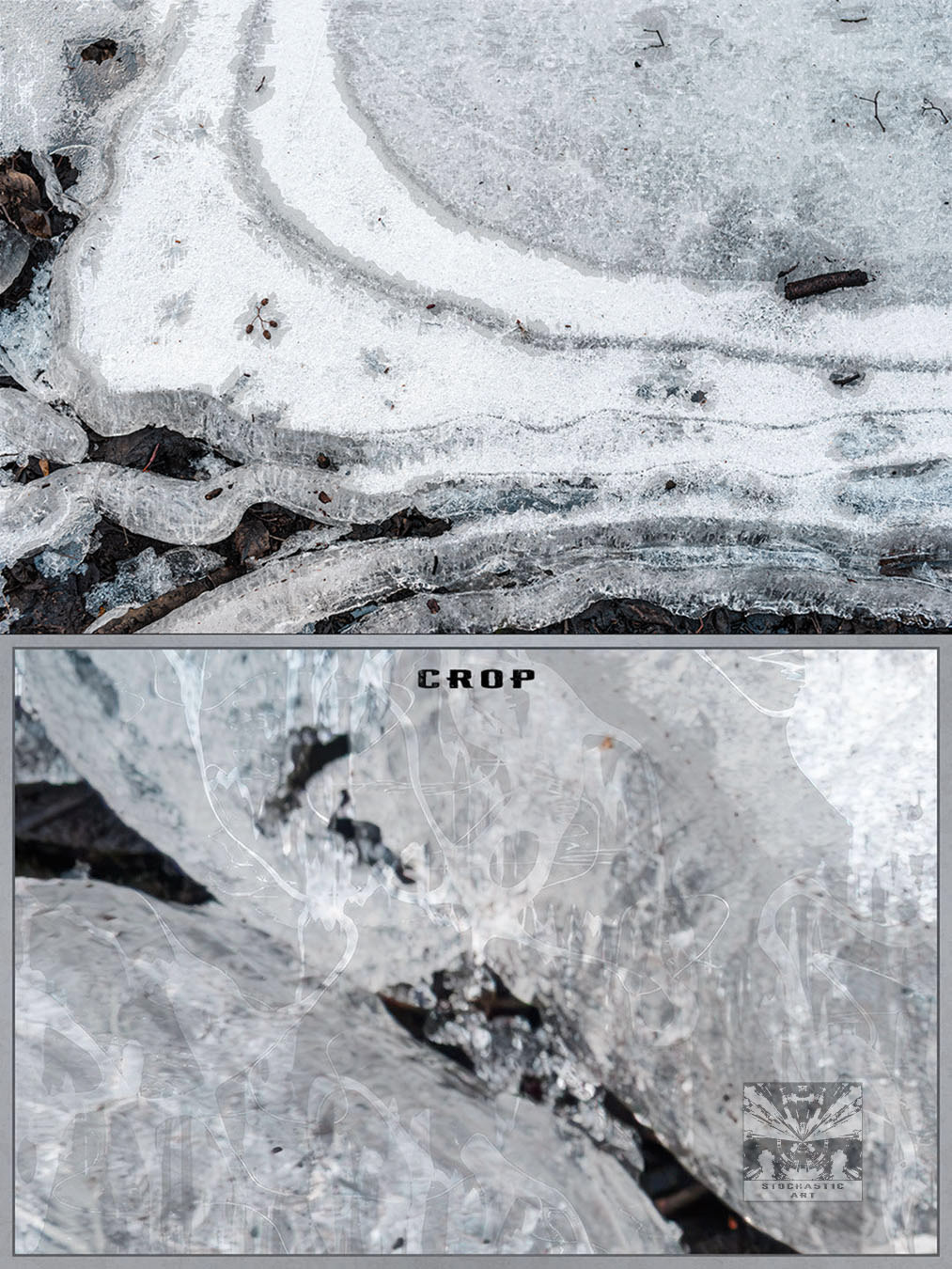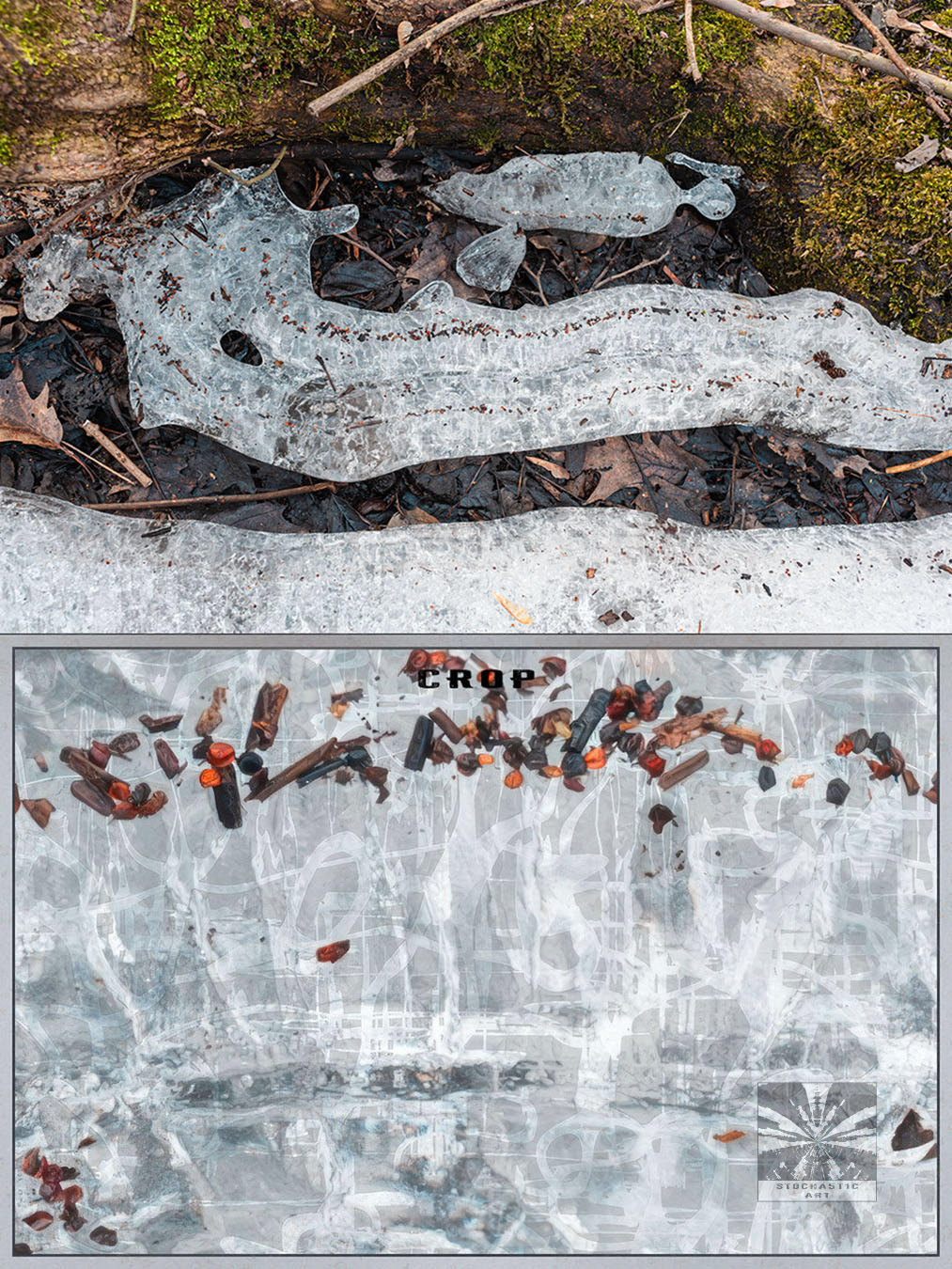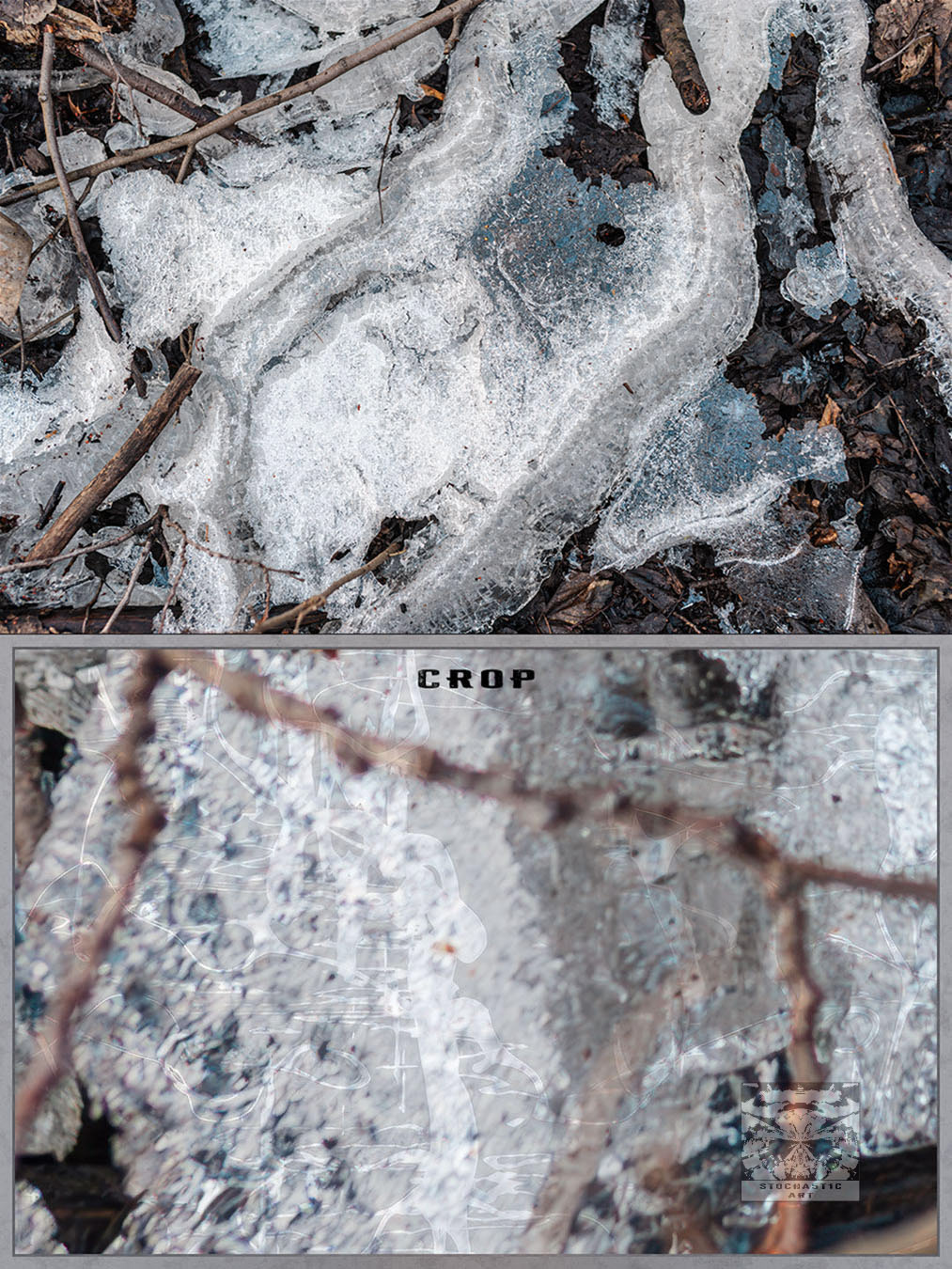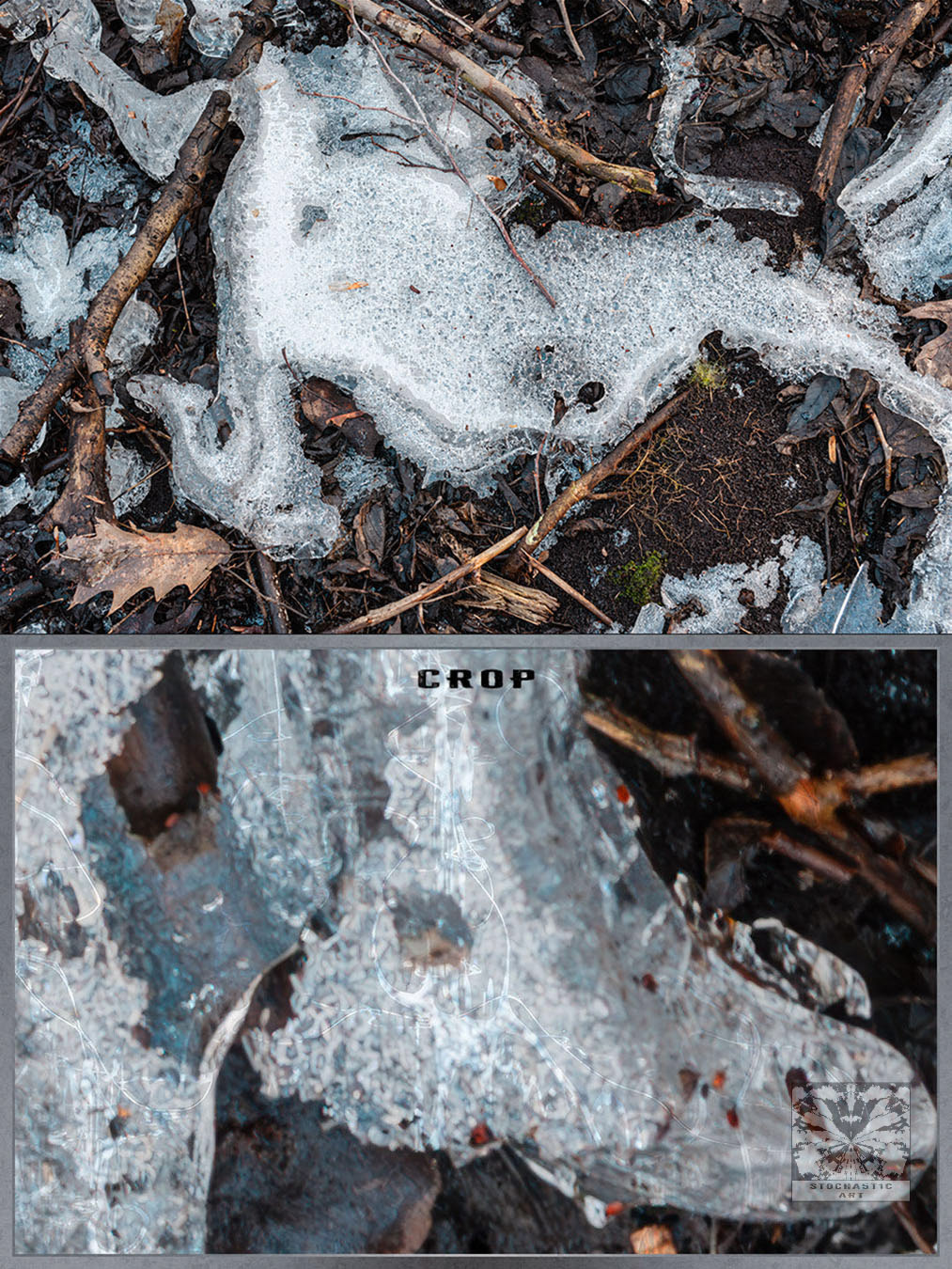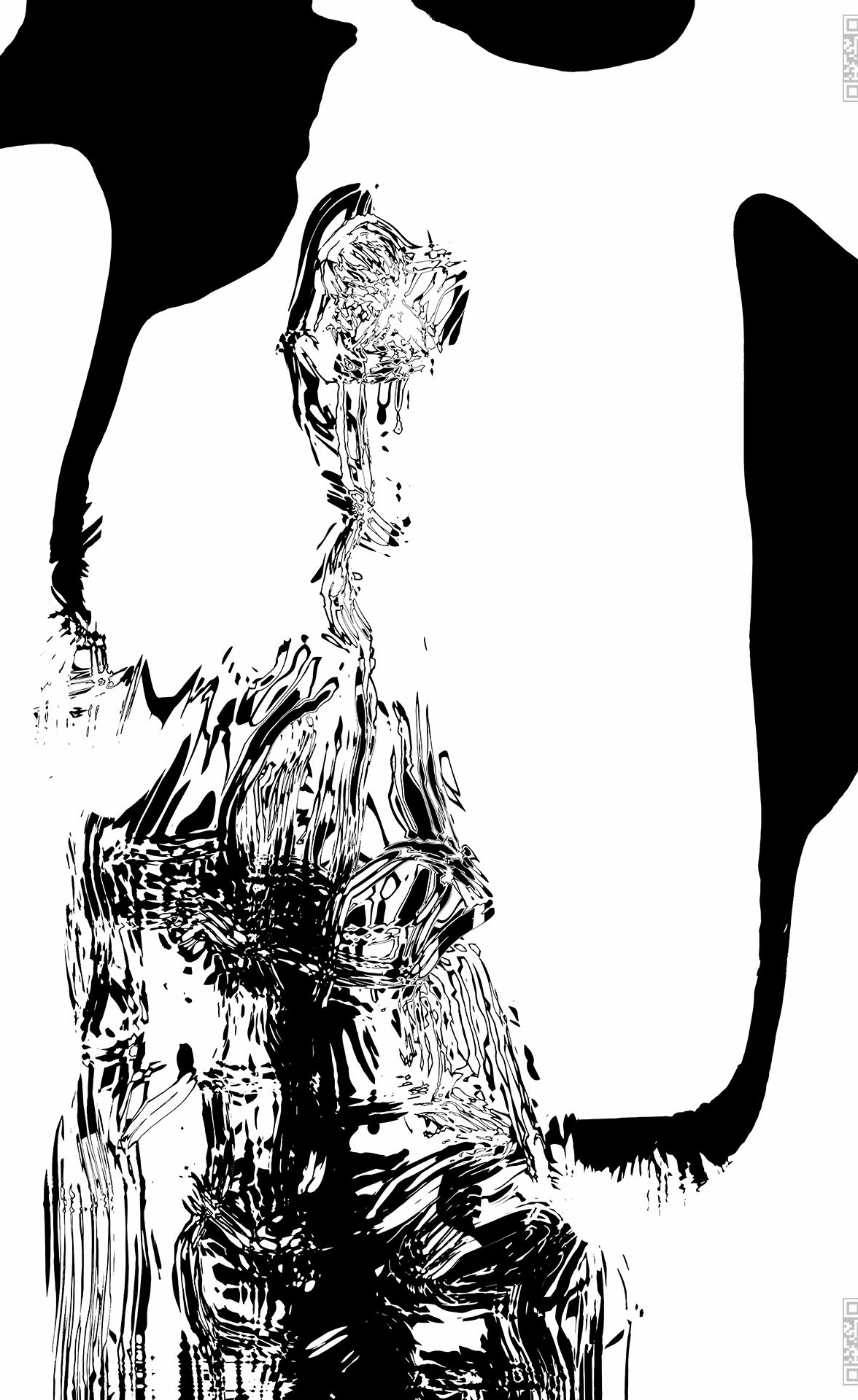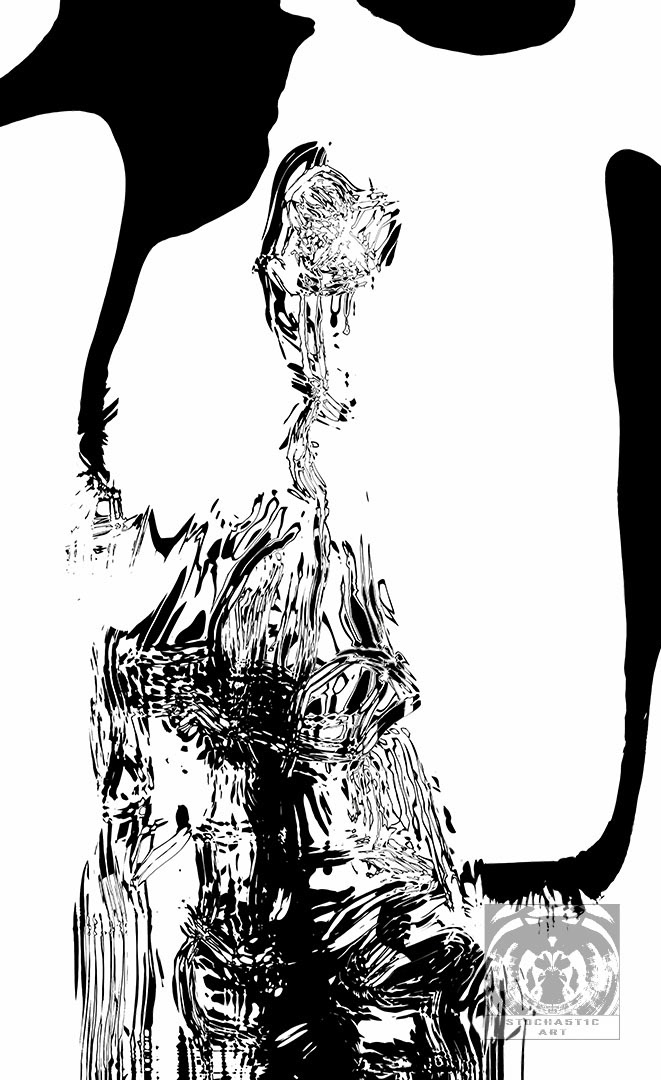The first known references that suggest awareness of fascia come from ancient Egypt (e.g. “Ebers Papyrus” circa 1600 B.C.). Egyptian embalmers who prepared mummies were familiar with the anatomy of the body's shells, although their knowledge was mainly for religious practices.
The “Corpus Hippocraticum” (circa 400 B.C.) attributed to Hippocrates described techniques for dressing wounds, assuming the existence of internal membranes supporting the organs.
Galen of Pergamon (129 216 A.D.), dissecting animals, described membranes surrounding muscles, erroneously attributing the “rete mirabile” (“strange web”) structure to humans. His concept of “pneuma” vital energy circulating in the body perpetuated the perception of fascia as a medium for the distribution of vital forces for 15 centuries. As recently as A. Vesalius in “De Humani Corporis Fabrica” (1543) corrected Galen's more than 200 errors, including this one. His engravings showed fascia as a separate structure, although not yet systematized.
Despite the falsification of Galen's theory, such a long period of its influence on culture has left clear traces in our beliefs and language. We can find them, for example, in the expressions: “I felt a surge of energy”, “I sense good/bad energy from him” etc. The term “pneuma” also appears in some ghost stories.


